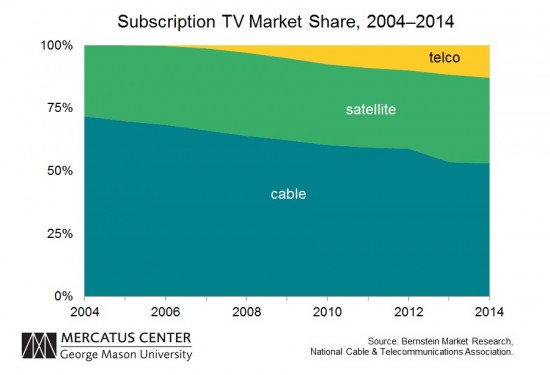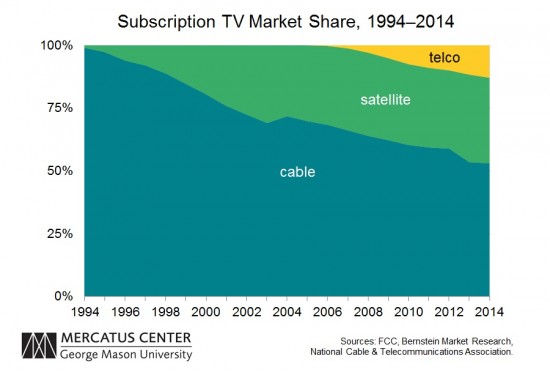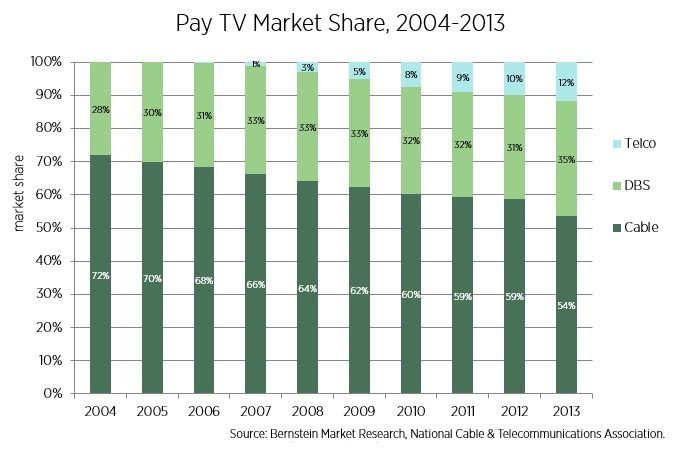There’s a small but influential number of tech reporters and scholars who seem to delight in making the US sound like a broadband and technology backwater. A new Mercatus working paper by Roslyn Layton, a PhD fellow at a research center at Aalborg University, and Michael Horney a researcher at the Free State Foundation, counter that narrative and highlight data from several studies that show the US is at or near the top in important broadband categories.
For example, per Pew and ITU data, the vast majority of Americans use the Internet and the US is second in the world in data consumption per capita, trailing only South Korea. Pew reveals that for those who are not online the leading reasons are lack of usability and the Internet’s perceived lack of benefits. High cost, notably, is not the primary reason for infrequent use.
I’ve noted before some of the methodological problems in studies claiming the US has unusually high broadband prices. In what I consider their biggest contribution to the literature, Layton and Horney highlight another broadband cost frequently omitted in international comparisons: the mandatory media license fees many nations impose on broadband and television subscribers.
These fees can add as much as $44 to the monthly cost of broadband. When these fees are included in comparisons, American prices are frequently an even better value. In two-thirds of European countries and half of Asian countries, households pay a media license fee on top of the subscription fees to use devices such as connected computers and TVs.
…When calculating the real cost of international broadband prices, one needs to take into account media license fees, taxation, and subsidies. …[T]hese inputs can materially affect the cost of broadband, especially in countries where broadband is subject to value-added taxes as high as 27 percent, not to mention media license fees of hundreds of dollars per year.
US broadband providers, the authors point out, have priced broadband relatively efficiently for heterogenous uses–there are low-cost, low-bandwidth connections available as well as more expensive, higher-quality connections for intensive users.
Further, the US is well-positioned for future broadband use. Unlike many wealthy countries, Americans typically have access, at least, to broadband from telephone companies (like AT&T DSL or UVerse) as well as from a local cable provider. Competition between ISPs has meant steady investment in network upgrades, despite the 2008 global recession. The story is very different in much of Europe, where broadband investment, as a percentage of the global total, has fallen noticeably in recent years. US wireless broadband is also a bright spot: 97% of Americans can subscribe to 4G LTE while only 26% in the EU have access (which partially explains, by the way, why Europeans often pay less for mobile subscriptions–they’re using an inferior product).
There’s a lot to praise in the study and it’s necessary reading for anyone looking to understand how US broadband policy compares to other nations’. The fashionable arguments that the US is at risk of falling behind technologically were never convincing–the US is THE place to be if you’re a tech company or startup, for one–but Layton and Horney show the vulnerability of that narrative with data and rigor.




 The Technology Liberation Front is the tech policy blog dedicated to keeping politicians' hands off the 'net and everything else related to technology.
The Technology Liberation Front is the tech policy blog dedicated to keeping politicians' hands off the 'net and everything else related to technology.